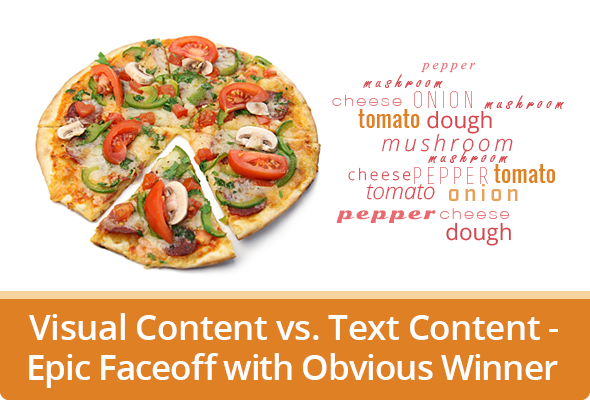EDUCATIONAL TECHNOLOGY 2
LESSON 1 ;
A REVIEW OF EDUCATIONAL TECHNOLOGY 1
The Education Technology 1 (ET-1) course has truly paved the way for the learner to become aware, appreciative and equipped to use educational technology 1 tools ranging from traditional to modern educational media.
Truly, the foundation for a truly satisfying exposure to educational technology has been firmly laid down by the ET- 1 course, starting with the through treatment of the history of educational technology, quality education, and the roles of ET in the 21th millennium.
In ET-1, the learner was also oriented towards averting the dangers of dehumanization which technology brings into societies, such as through ideological propaganda, pornography, financial fraud, and other exploitative use of technology. Sad to say, these dangers continue to affect peoples and cultures while widening the gap between rich and poor countries.
Four Phases of Application of Educational Technology in Teaching and Learning ;
1. Setting of learning objectives
2. Designing specific learning experiences
3. Evaluating the effectiveness of the learning experiences vis-à-vis the learning objectives, and
4. Revision as needed of the whole teaching-learning process, or elements of it, for further improving future instructional activities.
Adding to the technology sophistication of the learner, educational technology 1 fitting refined the distinction between educational technology and other concepts, such as instructional technology (which is the use of technology and instruction, different from school management), educational media (or equipment and materials, apart from the teacher himself), audio visual aids (or learning media to stir the senses for more effective learning).
In sum, educational technology 1 served:
• To orient the learner to the pervasiveness of educational technology in society.
• To lend familiarization on how educational technology can be utilized as media for the avenues teaching-learning process in this school.
• To uplift the learner to human learning through the use of learning technology.
• To impart skills in planning, designing, using and evaluating the technology-enriched teaching-learning process.
• To acquaint learners on the basic aspects of community education, functions of the school media center, and finally.
• To introduce the learner to what is recognized as the third revolution in education, the computer.









